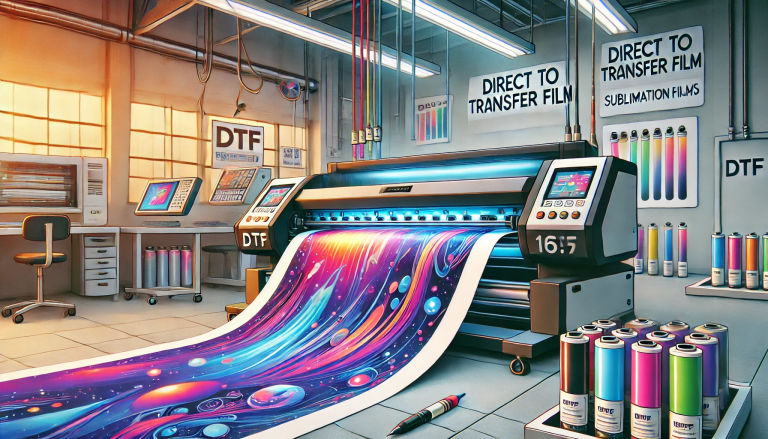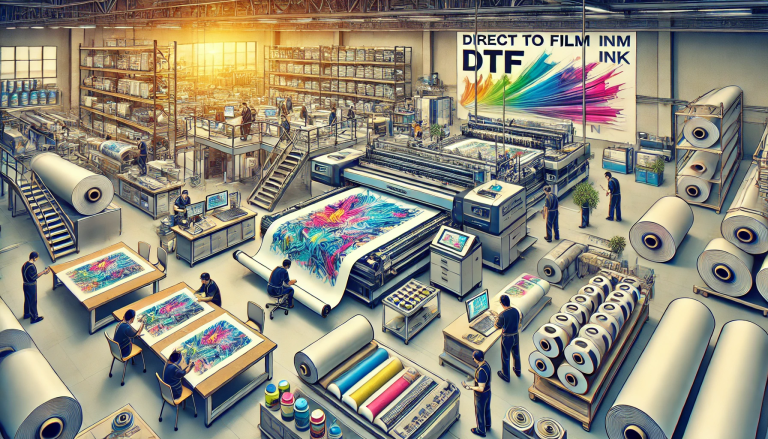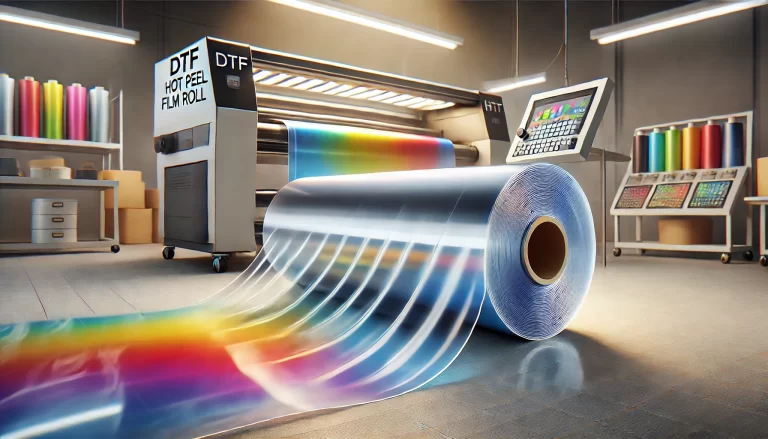“Which Side of DTF Film Do You Print On? A Comprehensive Guide” -MAXDTF- UV DTF Paper Manufacturer, UV DTF Transfer AB Decal Factory, Made in China
Introduction
Direct-to-Film (DTF) printing has revolutionized the world of custom apparel and textile decoration, offering a versatile and cost-effective alternative to traditional methods. However, beginners often find themselves grappling with questions about the process, particularly when it comes to DTF film orientation. One of the most common inquiries is which side of the DTF film to print on. In this blog, we’ll provide a comprehensive guide to help you navigate this aspect of DTF printing with confidence.
Understanding DTF Printing
Before delving into the topic at hand, let’s briefly cover what DTF printing is. DTF printing involves transferring designs directly from a printed film onto various substrates, such as fabrics, garments, and textiles. The process consists of three main steps: printing the design onto a DTF film, curing the ink on the film, and finally transferring the design onto the substrate.
The DTF Film Structure
DTF films typically consist of two layers: a clear PET film (top layer) and a heat-sensitive adhesive layer (bottom layer). The clear PET film protects the inkjet-printed design from coming into contact with the inkjet printhead, preventing clogs and other issues.
Which Side to Print On?
The answer to the question of which side of the DTF film to print on is the clear PET film side. This is the side that faces the printhead during the printing process. Printing on the clear PET film side ensures that the ink adheres properly to the adhesive layer of the film, which will be transferred to the substrate during the heat press application.
Why Print on the Clear PET Film Side?
- Ink Compatibility: The inkjet ink adheres well to the clear PET film, ensuring accurate and vibrant designs on the substrate.
- Preventing Ink Penetration: Printing on the clear PET film side prevents the ink from penetrating through the film, which could result in blurry or distorted designs.
- Smooth Surface: The clear PET film offers a smooth and consistent surface for the printhead to pass over, reducing the risk of clogs and print quality issues.
Tips for Successful DTF Printing
- Print Quality: Ensure your printer settings are optimized for DTF printing to achieve the best results.
- Film Handling: Handle the DTF film with care to avoid smudging or scratching the printed design.
- Curing: Properly cure the ink on the DTF film before transferring to the substrate to ensure durability and washability.
- Substrate Selection: Choose substrates with suitable properties for DTF transfer, such as cotton or polyester fabrics.
- Heat Press Settings: Follow manufacturer guidelines for heat press settings to achieve a successful transfer.
Conclusion
When it comes to DTF printing, understanding which side of the DTF film to print on is essential for achieving high-quality and accurate results. Always print on the clear PET film side to ensure proper ink adhesion and prevent ink penetration. By following best practices and guidelines for DTF printing, you’ll be well on your way to creating stunning custom apparel and textiles that stand out from the crowd. So, go ahead and embrace the world of DTF printing with confidence!






